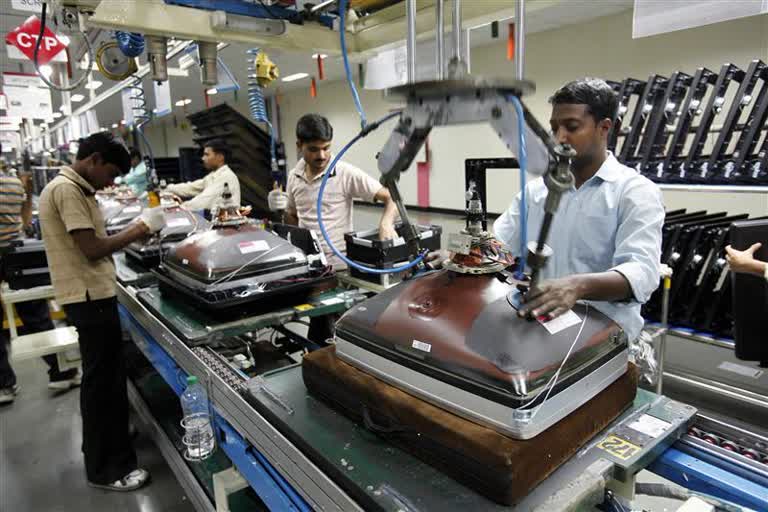Hyderabad:The Union Government has introduced the Industrial Relations Code Bill in the Lok Sabha recently. Said to be key game changer for improving the labour conditions in the country and for improving ease of doing business in the country, once approved by the Parliament will replace the existing the Trade Unions Act, 1926, the Industrial Employment (Standing Orders) Act, 1946 and the Industrial Disputes Act, 1947.
Know how the proposed legislation will change the existing set up.
(1) Industrial Disputes: Works Committee which is a bipartite forum and the Grievance Redressal Committee were brought under Chapter-II of the Code. These two forums try to resolve the grievances, and other local issues at Unit level and work as a preventive mechanism. The grievances/issues which are not resolved under these forums may take the shape of an “Industrial Disputes”.
(2) Trade Union Registration: The present Trade Union Act 1926 provides for minimum requirement of 7 members for registration of a Trade Union. The proposed code provides for minimum of 10% of workers to apply for registering of a trade union.
In case, where 10% of workers are less than 7, then a minimum of 7 workers shall be required to make an application for registration. In case where the 10% of workers exceed 100, hundred workers shall be sufficient for registering the trade union. The new provisions would discourage formation of trade unions with just 7 workers.
(3) Restriction on outsiders in Trade Unions:Only two Office bearers can be Outsiders. A retired employee is not treated as Outsider. Any outsider, including a Minister, or any person holding an office of profit cannot become an office-bearer of a Trade Union. These provisions are made to reduce the involvement of Outside leaders in running a trade union.
(4) Recognition of Trade Unions:The bill also proposes a more stringent threshold for a trade union to be considered as a sole negotiating union. A union will be recognized as the sole negotiating union only if it has the support of 75 per cent or more of the workers on the muster roll in an establishment. This provision, will reduce the multiplicity of Unions in one Industry/Unit.
(5) Time limit for completing disciplinary proceedings: The employer has to complete the disciplinary proceedings within 90 days, wherein the worker was kept under suspension pending enquiry. Subsistence allowance to be paid is 50% of wages upto 90 days; 75% of the wages beyond 90 days, upto 180days, and beyond 180 days full salary to be paid. This provision will curb the prolonged enquiry proceedings, keeping the worker under suspension.
(6) Labour Commissioners as Chairman of Industrial Tribunal: The Labour Commissioner (Officers of Gr. III Central Labour Service) and Joint Commissioner of Labour of State Govt, and Gr. III officers of Indian Legal Service were made eligible for the post of Chairman of Industrial Tribunal/Presiding Officer of Labour Court.
This will ensure speedy disposal of pending Cases in Labour Court/Industrial Tribunals since these Officers are well acquainted/familiar with the labour laws.
The bill provides for setting up of a two-member tribunal (in place of one-member), thus introducing a concept that some of the important cases will be adjudicated jointly (like Division Bench) and the rest by a single-member resulting speedier disposal of cases.
